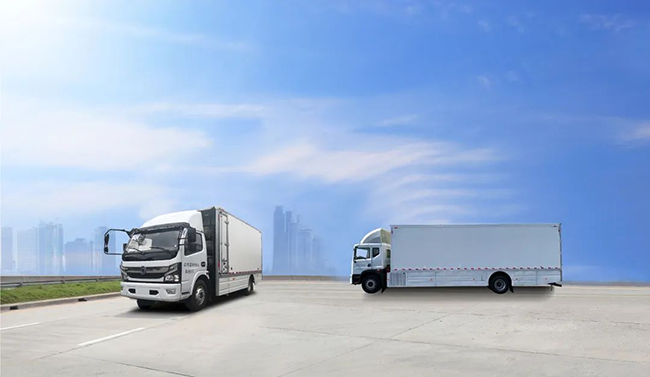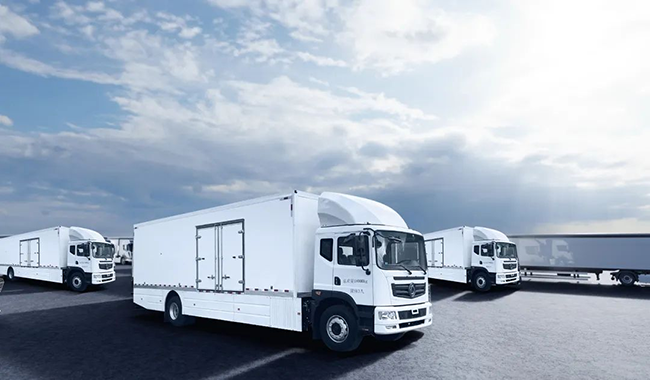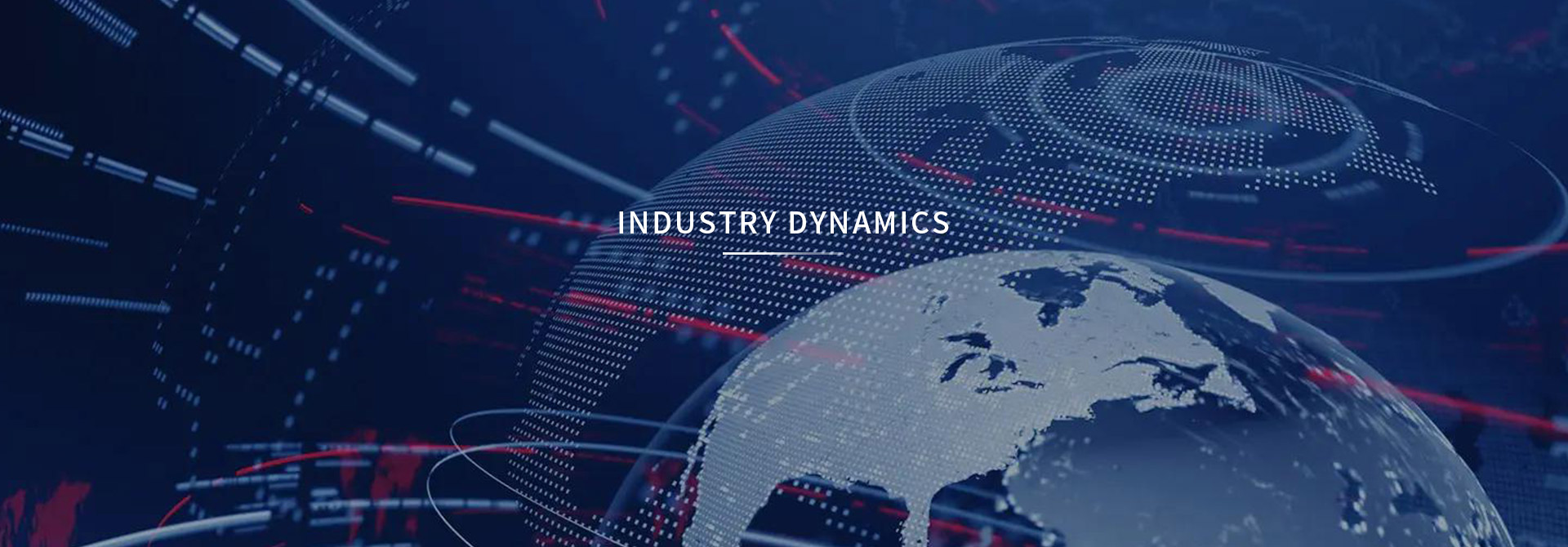In the first half of 2025, China's commercial vehicle industry will experience intensive policy dividends. A series of policy combinations are reshaping the development pattern of the industry, injecting strong momentum into the commercial vehicle market, from intensifying the elimination of National IV to accelerating the transformation of new energy, from expanding subsidies to deepening international layout.
National IV elimination intensifies, unleashing market space for 100000 vehicles
The most significant change in commercial vehicle policies this year is the official inclusion of National IV emission standard operating trucks in the scope of scrapping and renewal subsidies. On March 18th, the Ministry of Transport, the National Development and Reform Commission, and the Ministry of Finance jointly issued a notice on implementing the scrapping and renewal of old operating trucks, which for the first time includes clean energy vehicle models such as natural gas vehicles and methanol vehicles with considerable ownership in the subsidy category. This policy adjustment far exceeded market expectations - the signal was just released at the State Council policy briefing at the beginning of the year, and it was implemented in less than three months.

According to industry estimates, this policy alone is expected to release the demand for updating over 100000 old trucks of National IV and below. The total number of national fourth tier trucks in China is about 1.2 million, mainly concentrated in sales from 2014 to 2017, and has entered a natural replacement cycle of 6-9 years. The subsidy intensity is also quite attractive: scrapping National III and below vehicles and replacing them with new ones, with an average subsidy of 80000 yuan per vehicle; No scrap, only replacement and replenishment of 35000 yuan; Only 30000 yuan will be paid for scrapping old cars. The policy transmission has shown initial effects, and frontline dealers have provided feedback that there has been a significant increase in cardholders inquiring about the scrapping process and subsidies.
Accelerate the transformation of new energy and diversify the development of technological routes
Driven by the "dual carbon" goal, new energy commercial vehicles have experienced explosive growth. Data shows that in the first two months of 2025, the sales of new energy commercial vehicles reached 79000 units, a year-on-year increase of 51%, and the penetration rate increased to 17%. At the policy level, efforts have been made to increase the subsidy for new energy buses from 60000 yuan per vehicle to 80000 yuan per vehicle. Zhejiang and other regions have also set a goal of achieving a 95% electrification rate for buses in the main urban areas by 2027.
The technological roadmap presents a diversified pattern:
Pure electric route: Enterprises such as GAC Lingcheng accelerate the layout of supercharging networks, cooperate with Huawei to build supercharging stations, and aim for the electrification of mainline logistics;
Hydrogen energy route: Shanxi is promoting the construction of hydrogen energy public transportation demonstration routes, relying on resource endowments to lay out new tracks for hydrogen energy aviation equipment;
Methanol route: Continue the provincial methanol automobile consumption subsidy and improve the construction of the refueling system.
The role of commercial vehicle enterprises is also changing - from simply selling cars to providing "production+service" solution operators. If GAC Lingcheng is upgraded to a "new energy commercial vehicle ecological comprehensive service provider", Wuling will launch the Light EV with functions such as external discharge and Rubik's Cube space, supporting multi scenario modifications such as mobile coffee trucks and express delivery.

Policy combination punch, comprehensively promote industry upgrading
In addition to the core elimination and update policies, multiple supporting measures are being implemented in synergy:
Relaxation of driving experience restrictions: The upper limit of driving age for large and medium-sized passenger and freight vehicles has been extended from 60 to 63 years old, alleviating the shortage of drivers in the logistics industry;
Standardized management upgrade: Starting from July 1st, the "Implementation Rules for Commissioned Installation Management of Truck Road Motor Vehicle Products" will strengthen the quality control of the production of four types of trucks, including flatbed trucks and warehouse racks;
Deepening international layout: In the first two months, 145000 commercial vehicles were exported, a year-on-year increase of 6.9%. The China Automotive Center promotes the internationalization of standards and helps enterprises upgrade from "passive risk response" to "active shaping of global rules".
Policy design focuses more on systematicity, such as Shanxi building a closed-loop system of "updating and phasing out - consumer subsidies - infrastructure support": while phasing out National IV diesel vehicles, continuing subsidies for methanol vehicles, accelerating the construction of charging piles, and guiding the reduction of service fees.
The challenges of landing still exist, and breaking the game requires collaborative efforts
Despite the obvious policy benefits, there are still multiple challenges in implementation:
Cost pressure: Even with subsidies of tens of thousands of yuan, individual drivers still find it difficult to purchase a new car worth three to four hundred thousand yuan;
Operational environment constraints: The freight market remains sluggish, freight rates are fluctuating, and the motivation for car owners to change vehicles is weakened;
Differences in local implementation: The financial situation varies in different regions, and the efficiency of supporting regulations and subsidy distribution varies greatly;
Rising international risks: unilateralism and protectionism are intensifying, and tariff barriers threaten export competitiveness.

To solve these problems, a triple guarantee mechanism needs to be established: enhancing the resilience of the industrial chain to cope with international risks; Establish a mechanism for monitoring and regulating freight rates to stabilize revenue expectations; Simplify the process of scrapping and subsidy application. The differentiated subsidy models in places such as Dongguan and Zhejiang have provided valuable experience for the whole country to learn from.
The "dual engine" of National IV elimination and new energy transformation has been fully launched, and the policy combination is reshaping the pattern of the commercial vehicle market. With the release of over 100000 updated vehicles in the National IV phase out, the penetration rate of new energy is moving towards 30%, and the commercial vehicle market is expected to experience a structural recovery in the second half of the year through the resonance of policy and market forces. This transformation is not only an update and iteration of vehicles, but also a key leap for Chinese commercial vehicles to transition from scale competition to green intelligent value chain - the "second flame" ignited by policies will illuminate a new journey of high-quality development in the industry.







